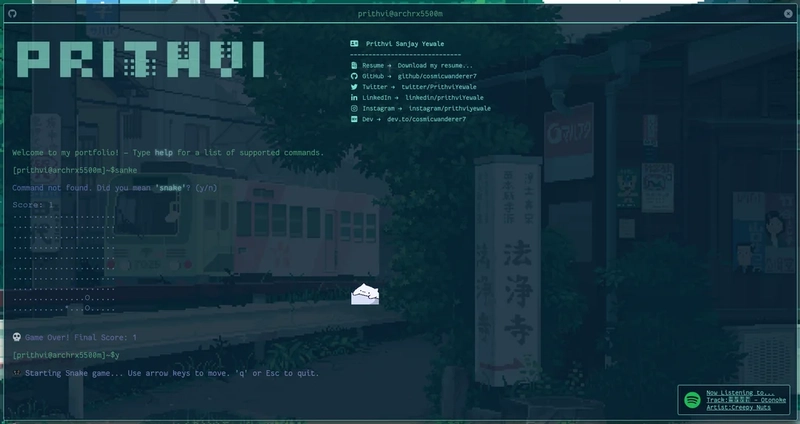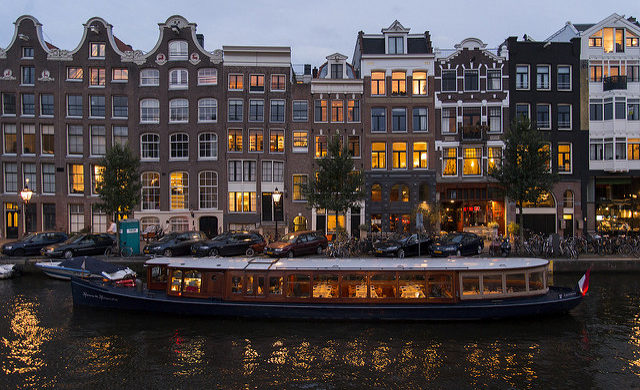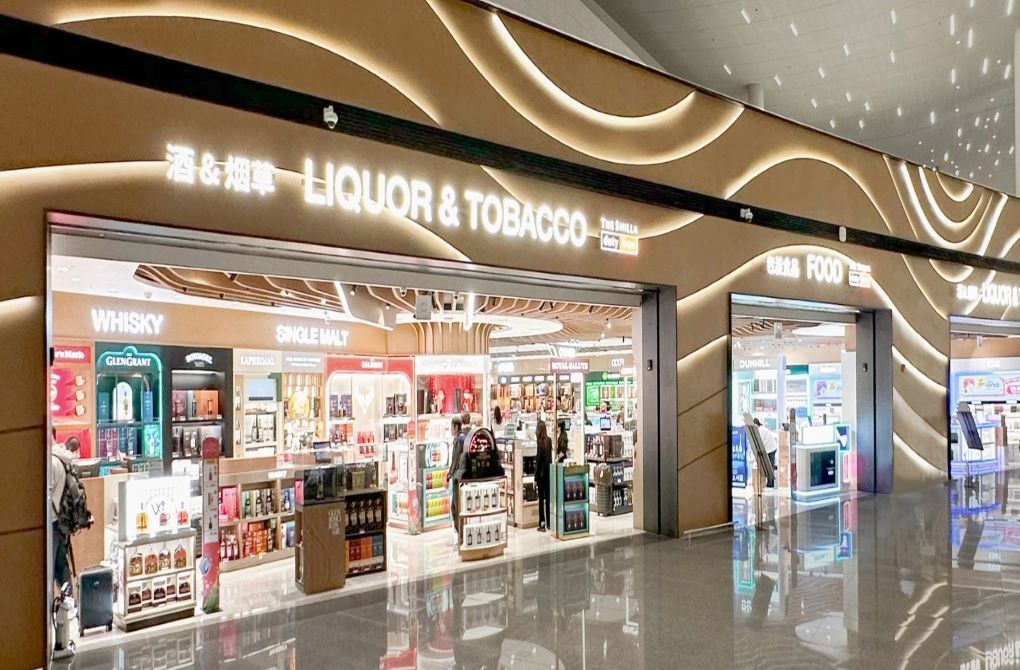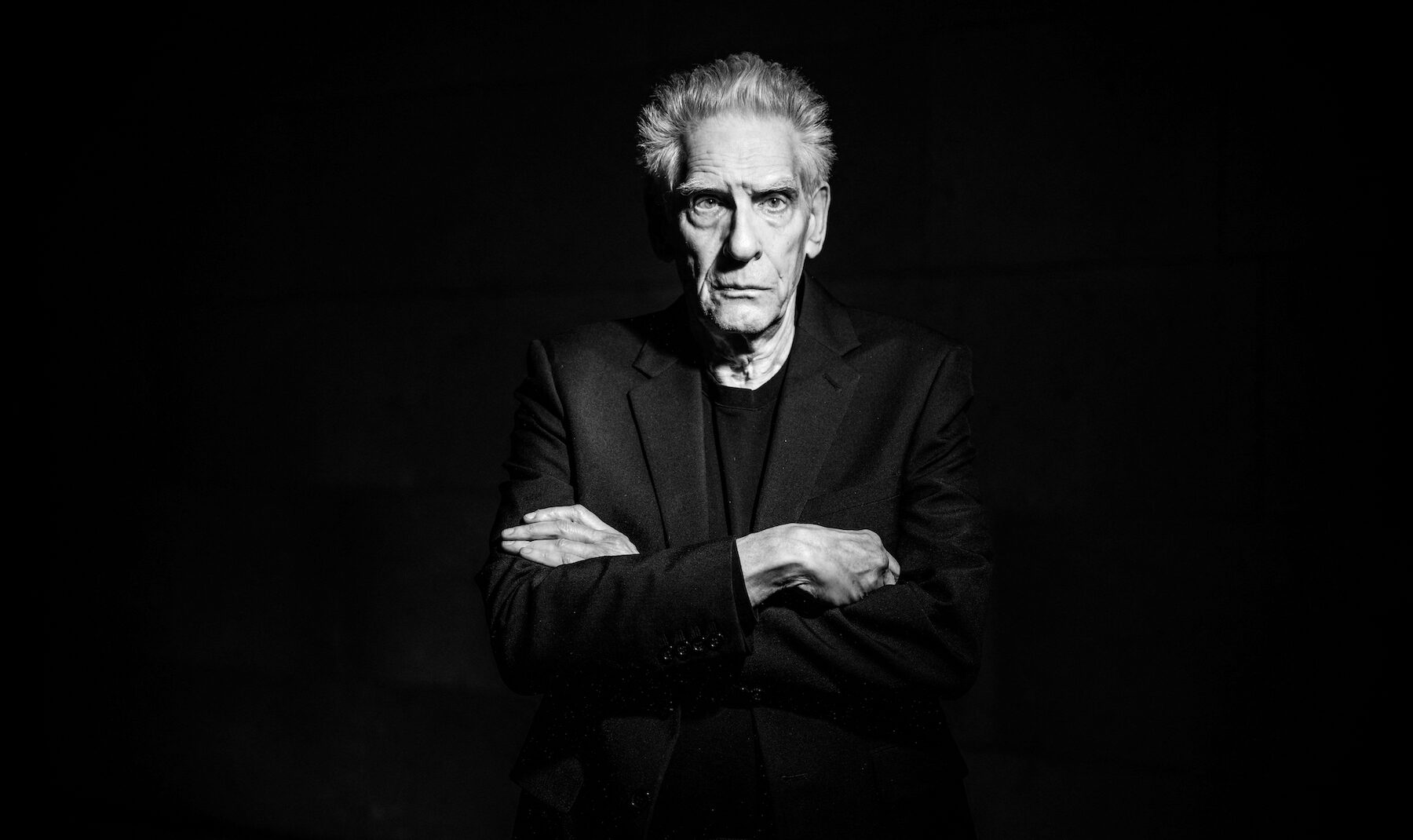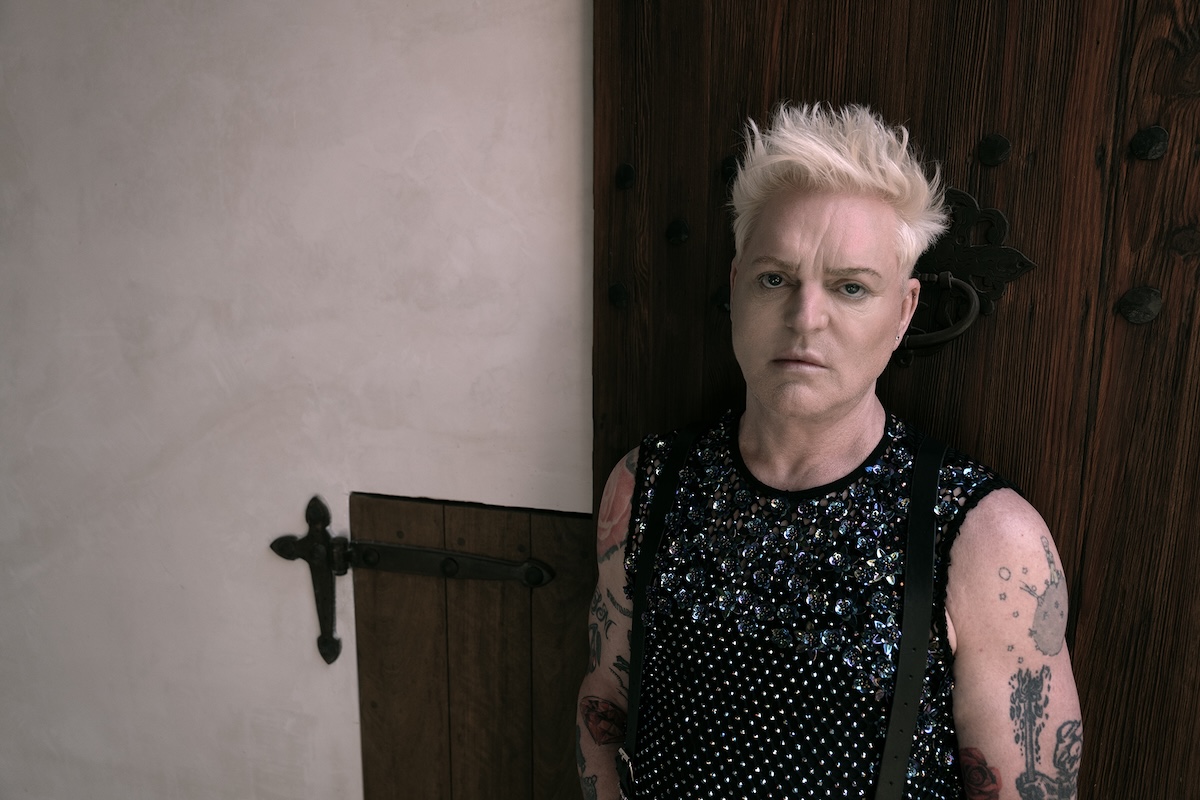The mechanics of kidnapping: How ICE is imprisoning Rumeysa Ozturk
For decades, ICE has exploited its decentralized network of detention centers to keep immigration prisoners away from their lawyers, families and support networks, as well as from courts that are more likely to rule in favor of the prisoners.

On Friday in Vermont, District Court Judge William Sessions ordered that Rumeysa Ozturk be brought back from Louisiana for a hearing. She will still be in the custody of Immigration and Customs Enforcement.
Ozturk is the Turkish doctoral candidate in Child Study and Human Development at Tufts University in Boston whose student visa was revoked because of her support for Palestinians. As her case moves forward, it is important to remember why the judge had to make such a ruling.
At a hearing last week, while Ozturk was detained far away, the lawyers spoke calmly. The judge thanked both sides for their professionalism, and the government’s extremism was almost hidden in the politeness. The government argues that even if Ozturk’s rights to free speech and due process were violated, the Vermont judge cannot hear her case and cannot order her release. (A hearing now scheduled for May would address the possibility of release on bail.)
Ozturk’s lawyers had originally filed a habeas corpus petition in Massachusetts, where their client was arrested. The Massachusetts judge sent the case to Vermont because it turned out that Ozturk was in the government’s custody there — somewhere in a government vehicle — by the time the case was filed. The government didn’t want the case heard in Massachusetts or Vermont, near Ozturk’s lawyers, her community, her school and her work.
The government argues that because Ozturk is detained in Louisiana, that’s where the case and the prisoner must remain. At the hearing, the government lawyer acknowledged that Ozturk’s attorneys were doing their best. “They were trying to represent their client but they didn’t know where she was,” he said.
But they didn’t know where she was because U.S. government officials refused to tell them, and refused to let her contact them. The government was hiding her because in order to file a habeas petition, which is meant for someone alleged to be illegally confined, you have to know where the prisoner is and who is holding her. You have to identify the “district of confinement” and “the immediate custodian.”
Judge Sessions asked whether it makes any difference that the reason Ozturk’s lawyers didn’t know where to file the case was that government officials repeatedly refused to say where she was. The government lawyer, Michael Drescher, said it makes no difference.
For decades, ICE has exploited its decentralized network of detention centers to keep immigration prisoners away from their lawyers, families and support networks, as well as from courts that are more likely to rule in favor of the prisoners. The Trump administration is building new extremes of lawlessness on this foundation. Immigration lawyers with decades of experience in New England told the court that they had never seen anything like what officials did with Ozturk.
In the widely seen video, masked ICE agents, refusing to identify themselves, arrested Ozturk on the street in Somerville, Mass.. They drove her to Methuen, Mass., then to Lebanon, N.H. and then to St. Albans, Vt., where they arrived about five hours after the arrest. The next morning, ICE flew her from Burlington, Vt., to Alexandria, La. She was incarcerated at the private GEO Group’s South Louisiana ICE Processing Center in Basile.
The government claims that ICE moved Ozturk to Louisiana because it couldn’t find a detention bed for her in New England. “Managing bedspace is a recurrent issue,” the government lawyer said. But immigration lawyers with detailed knowledge of detention operations in New England told the court exactly where ICE had available detention beds nearby.
Instead, the agency “processed” Ozturk at an office hundreds of miles away from its Boston office, even though she was arrested in the Boston area. In St. Albans, she was held overnight in a cell with a bench but no bed. ICE kept her there because this isn’t actually a detention facility, so even after booking, Ozturk’s name would not appear in the ICE or Department of Corrections inmate locator systems.
This maze of logistical and legal detail is meant to be disorienting, but the situation is straightforward. Ozturk “has been locked up for writing an op-ed,” as one of her lawyers told the judge. “She’s being held in retaliation for her speech.”
We know Ozturk’s name, and the names of several others, but the State Department has cancelled more than 1,000 student visas since Trump took office. In March, ICE was detaining some 7,025 people in Louisiana and over 47,000 nationwide. Project 2025, the Heritage Foundation’s blueprint for the second Trump administration, recommends 100,000 detention beds, as well as tent cities, within the U.S. And there is Guantánamo, and El Salvador’s CECOT prison.
The law says that a prisoner or her lawyers filing a habeas must provide “the name of the person who has custody.” When Ozturk had been in ICE custody for three weeks, the government lawyer told the judge, “I don’t have a name for you right now.”
Ozturk said in a written statement that it was only in New Hampshire, when agents stopped at what looked like a police station, that “I first thought it might be a US law enforcement agency detaining me rather than kidnappers.” But it was both.
Despite President Trump, Vice President JD Vance, Stephen Miller, Marco Rubio and the executive orders, none of this could happen without thousands of unnamed agents. One of those captors, Ozturk said, “seemed to feel guilty and said ‘we are not monsters,’ ‘we do what the government tells us.’”
Mark Dow is the author of “American Gulag: Inside U.S. Immigration Prisons.”













